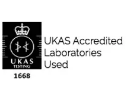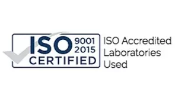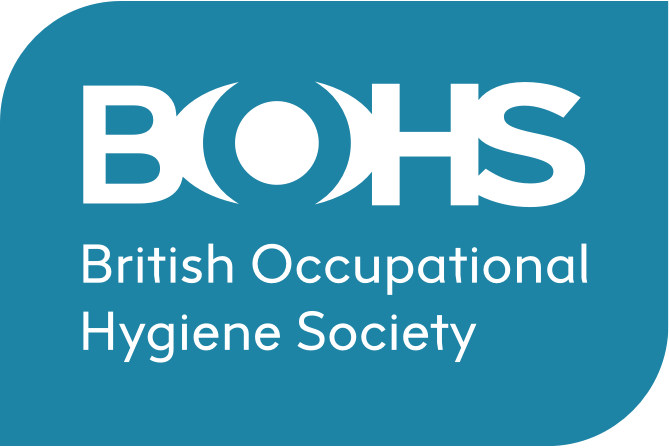






The HSE statistics for the UK in 2018/19 estimate that 13,000 deaths each year are linked with past exposure at work, primarily to chemicals or dust.
Exposure to hazardous substances are known to cause acute effects, such as burns or loss of consciousness, as well as longer term diseases and progressive illness, such as COPD and cancer.
Under health and safety law, employers must undertake a suitable and sufficient assessment of workplace risks and take steps to reduce those risks, including taking effective measures to control exposure to hazardous substances as far as reasonably practicable.
Employees must be given information, instruction and training on the safe use of substances hazardous to health. This includes the correct use of required control measures that have been identified via a risk assessment.
Arrange for a competent person to carry out suitable and sufficient task-based risk assessment in order to identify:
Where elimination of exposure or substitution of the substance with a less harmful substances is not possible, implement effective control measures to ensure best practice and maintain exposure below any appropriate WELs.
For carcinogens, mutagens and asthmagens, ensure that exposure is reduced as far below the WEL as is reasonably practicable.
If a substance does not have a WEL, it does not mean that it is safe – many hazardous substances do not have a WEL.
For these substances, employers should apply the principles of good practice for the control of substances hazardous to health (see HSE Control of Substances Hazardous to Health – Approved Code of Practice – Sixth Edition – Schedule 2A).
In planning risk control measures take into account those who may be more susceptible to ill health.
For example, ensure a risk assessment is carried out for the work of new or expectant mothers, paying particular attention to substances containing mutagens and reproductive toxins which may affect an unborn child.
Implement a health surveillance and exposure monitoring programme where required.
Health surveillance may be required by law if your employees are exposed to vibration or noise, solvents, dusts, fumes, biological agents and other substances hazardous to health.
Seek competent advice.
The BOHS register is a good place to start.
At Pragma, our aim is to make health and safety simple for you.
We will work with you and use our expertise to understand your particular health and safety requirements and guide you to implement and maintain the most effective control measures to ensure the continuing protection of the health of your staff.
If you have any queries or need assistance with meeting the requirements of COSHH please get in touch with us at rosiemckay@pragmaandassociates.co.uk